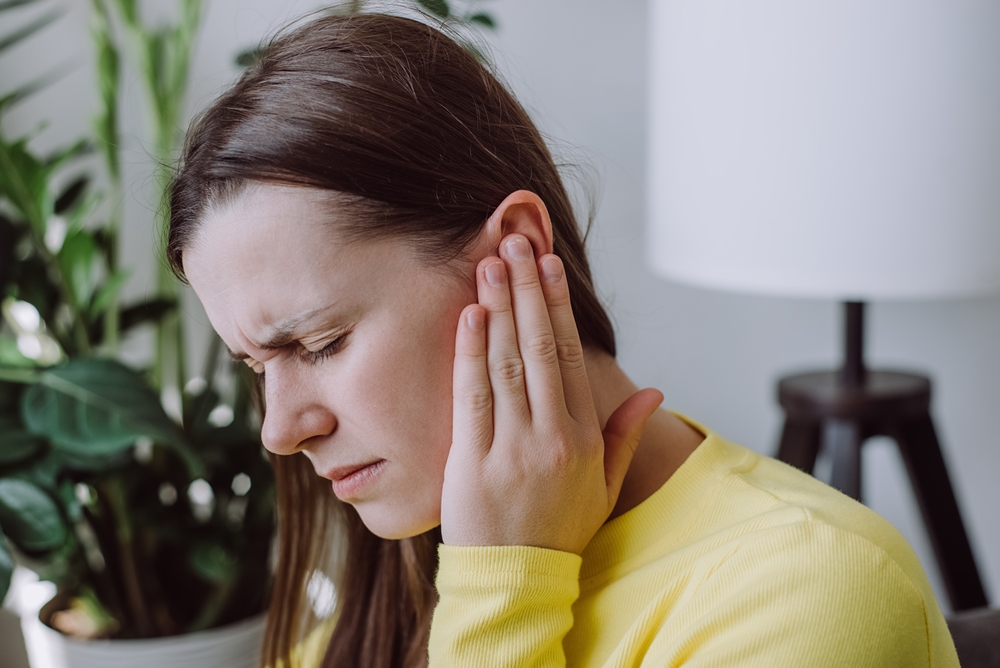A ruptured eardrum, while painful and concerning, is not always as serious as its name suggests. Although complications such as infections can arise, appropriate care and treatment can often preserve hearing and prevent further issues. In this article, we will explore the causes of ruptured eardrums, the signs to watch for, and effective preventive measures to maintain ear health.
Understanding ruptured eardrum
Commonly known as a perforated eardrum, a ruptured eardrum occurs when there is a tear or hole in the eardrum, the tissue that separates the middle ear from the outer ear canal. This condition can expose the middle ear to various complications, primarily infections and potential hearing loss. Additionally, it can interfere with your sense of balance, leading to vertigo or dizziness. In some instances, a ruptured eardrum may heal on its own without intervention, but surgical repair may be necessary for more severe damage.
If you experience any signs of infection or concerning symptoms, it’s crucial to seek medical attention from an ENT specialist promptly. The earlier you receive a diagnosis and appropriate treatment, the better your chances of a positive recovery.
Recognizing the signs of a ruptured eardrum
Identifying a ruptured eardrum involves being aware of specific symptoms, which may include:
- Sudden Hearing Loss: You might notice a sudden decrease in your hearing ability or that sounds seem muffled, as if you’re underwater.
- Sharp Pain: A sudden, sharp pain in the ear that may dissipate quickly can indicate a rupture and requires attention.
- Ear Discharge: Drainage from the ear that resembles blood or pus is a concerning sign that warrants a medical evaluation.
- Tinnitus: The presence of ringing, buzzing, or other noises in your ears can be symptomatic of a ruptured eardrum.
- Vertigo: A sensation of spinning or dizziness can occur due to balance issues related to the eardrum’s functionality.
- Nausea: Severe vertigo may lead to feelings of nausea or vomiting, which can exacerbate the discomfort associated with this condition.
Common causes of ruptured eardrums
There are several ways a ruptured eardrum can occur. Understanding these causes can help you take preventive measures:
- Foreign Objects: Inserting small items, such as hairpins or cotton swabs, into the ear canal can lead to perforation. It’s crucial to avoid putting anything into your ear to prevent injury.
- Middle Ear Infections: Conditions like otitis media can lead to fluid buildup, which creates pressure that may rupture the eardrum, highlighting the importance of timely treatment for ear infections.
- Loud Noises: Exposure to extremely loud sounds or blasts, such as gunshots or explosions, can create enough pressure to cause a rupture. Always use ear protection in loud environments to safeguard your hearing.
- Head Trauma: Severe head injuries from accidents can impact the middle ear, resulting in damage. Wearing appropriate protective gear when cycling or riding a motorcycle is essential for preventing head injuries.
- Air Travel: Changes in air pressure during flights can affect your eardrum. Chewing gum during ascent and descent can help equalize pressure in the ears, minimizing discomfort.
When to consult an ENT specialist
While many ruptured eardrums can heal on their own, it’s vital to consult an ENT specialist if you experience persistent symptoms or complications. Untreated ruptures may lead to chronic infections, permanent hearing loss, and long-term balance issues. In some cases, a surgical procedure may be required to repair the perforation effectively. Although a ruptured eardrum is often not a serious condition, neglecting proper care can lead to significant complications.
Find an ENT specialist near you
If you suspect you have a ruptured eardrum that is not healing or are experiencing troubling symptoms, it’s crucial to contact an ENT specialist for an evaluation. Early intervention is key to a successful recovery. By taking prompt action, you can mitigate the risk of complications and support your overall ear health.



